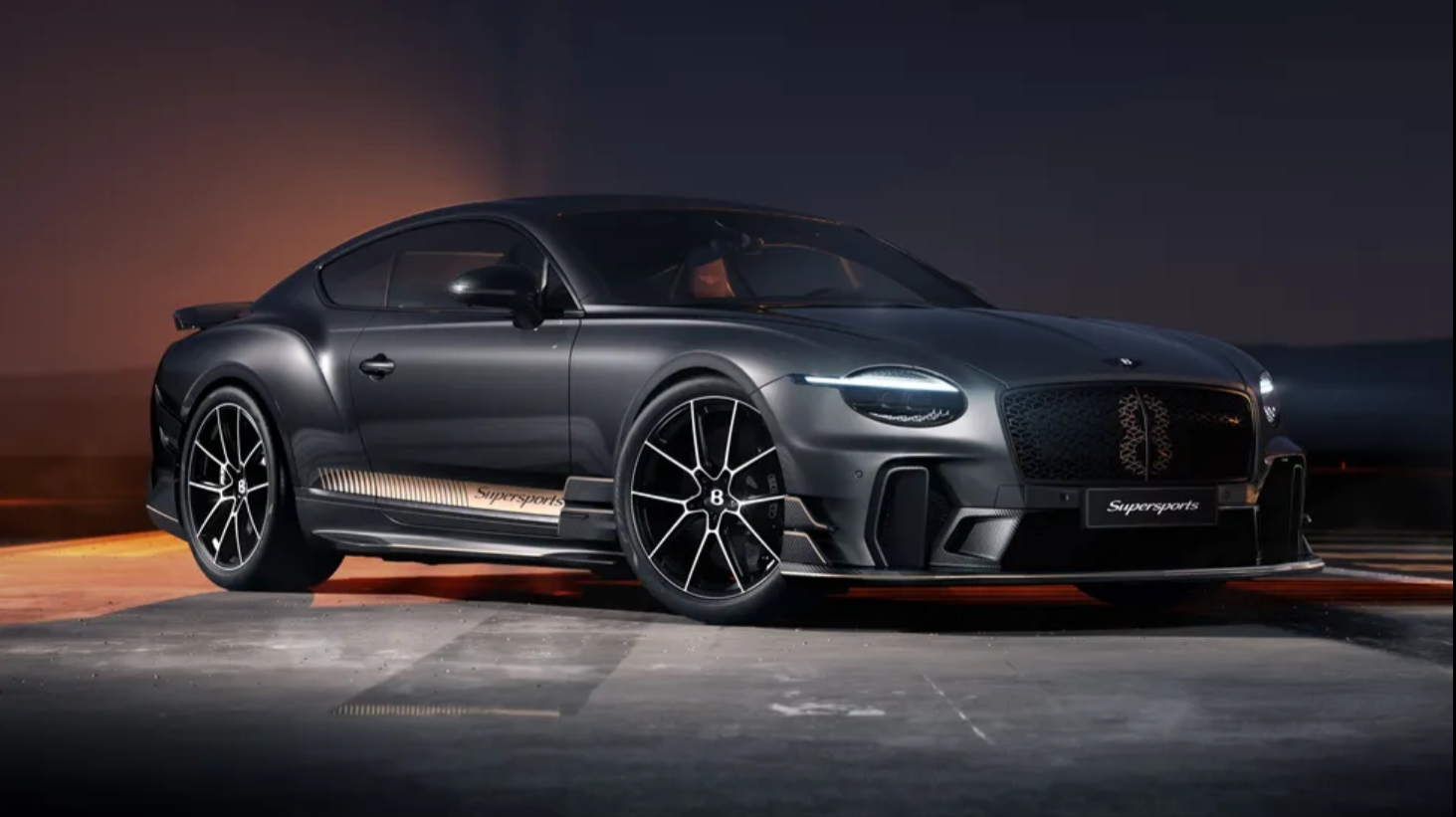OK so is there a catch?

The new Carrera GTS weighs 45 kg more overall than the previous model, mostly due to additional standard features like rear-wheel steering, but the increased power more than makes up for it. With a 2.9-second run to the magic number, it's the first 911 Carrera model to reach the sub-3-second 0-100 kph zone.
The Carrera GTS has additional active aerodynamic flaps at the front in addition to the T-Hybrid system to enhance necessary cooling without increasing drag. Style changes are made to the front and back fascias, new wheel choices are available, and the rear tires' width has grown by 10 mm to 315/30ZR21 while the front tires' width stays at 245/35ZR20. The most significant change inside is a brand-new, entirely digital gauge cluster—yes, this finally means the analog tach is gone. However, as is appropriate for a 911, the digital cluster places the tach front and center.
What about the other models?
.jpg)
The turbos and intercoolers from the GTS and Turbo variants are also added to the basic Carrera model for 2025. The torque stays at 430 Nm, but there is a nine horsepower increase. The standard Carrera receives the identical facelift upgrades as the GTS, but its fascias are different and lack the active cooling flaps.
The only facelifted models available for 2025 are the basic Carrera and Carrera GTS, while more will come. For the time being, Porsche will only sell the standard Carrera as a rear-wheel drive coupe or convertible, but the GTS will be available as an all-wheel drive Targa, rear- or all-wheel drive coupe, or both. The GT3 RS, Turbo, and Turbo S variants will all be available until 2025.
Dealers should start receiving facelifted 992 Carreras this autumn, and the Carrera GTS will be available closer to year's end. And anticipate the addition of many, many more models to the 992.2 range in the near future. both conventional and hybrid.

.jpg)
.jpg)
.jpg)
.jpg)
.jpg)
.jpg)
.jpg)
.jpg)
.jpg)
.jpg)


.jpg)



.jpg)


.jpeg)

.jpeg)
.jpeg)

